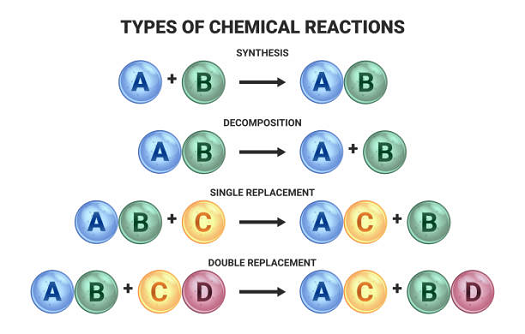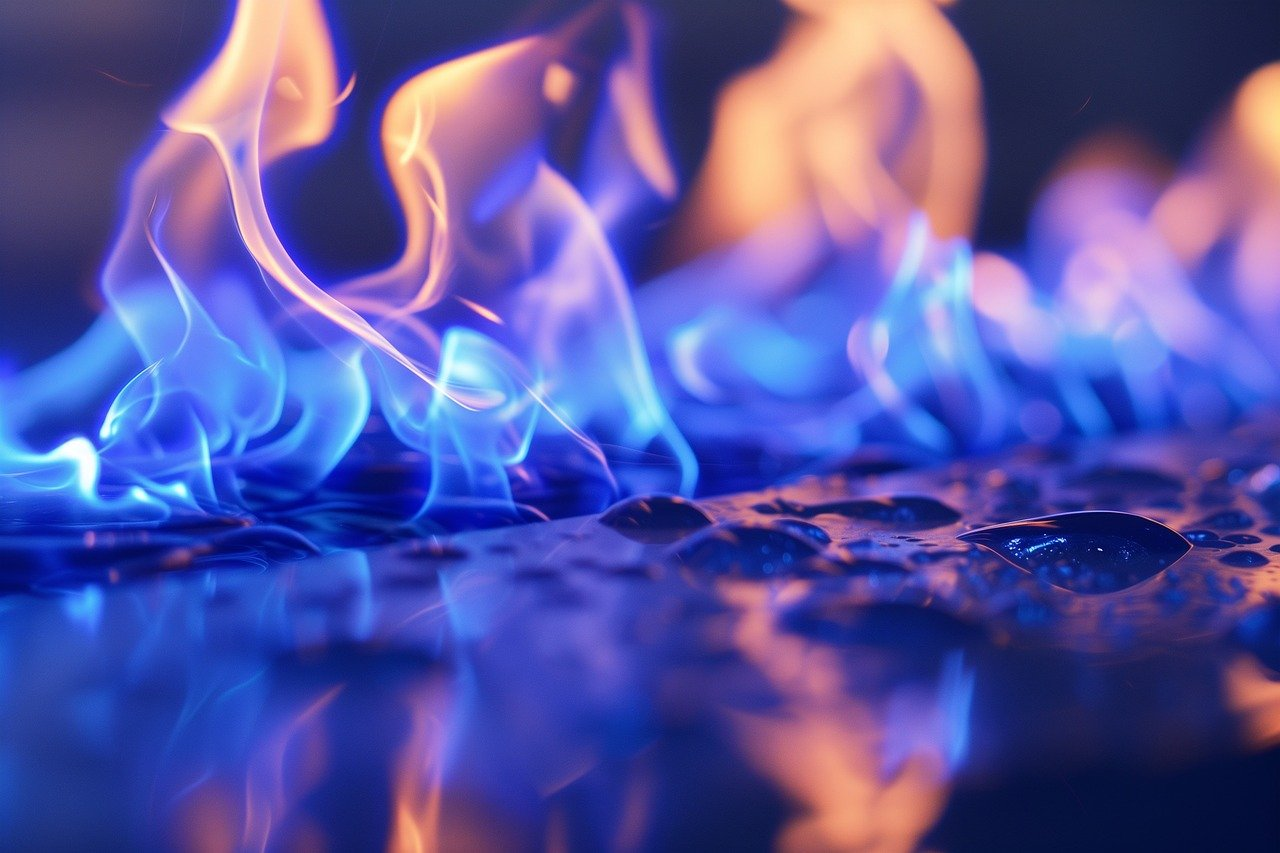Unit 11: Chemical Reactions
Unit 11: Chemical Reactions

Unit 11: Chemical Reactions

Unit 11: Chemical Reactions
A chemical reaction is a process in which one set of chemical substances (reactants) is converted into another (products). It involves making and breaking chemical bonds and the rearrangement of atoms. Chemical reactions are represented by balanced chemical equations, with chemical formulas symbolizing reactants and products. For specific chemical reactants, two questions may be posed about a possible chemical reaction. First, will a reaction occur? Second, what are the possible products if a reaction occurs? This entry will focus only on the second question. The most reliable answer is obtained by conducting an experiment—mixing the reactants and then isolating and identifying the products. We can also use periodicity, since elements within the same group in the Periodic Table undergo similar reactions. Finally, we can use rules to help predict the products of reactions, based on the classification of inorganic chemical reactions into four general categories: combination, decomposition, single-displacement, and double-displacement reactions.
Reactions may also be classified according to whether the oxidation number of one or more elements changes. Those reactions in which a change in oxidation number occurs are called oxidation–reduction reactions . One element increases its oxidation number (is oxidized), while the other decreases its oxidation number (is reduced).
Combination Reactions
In combination reactions, two substances, either elements or compounds, react to produce a single compound. One type of combination reaction involves two elements. Most metals react with most nonmetals to form ionic compounds. The products can be predicted from the charges expected for cations of the metal and anions of the nonmetal. For example, the product of the reaction between aluminum and bromine can be predicted from the following charges: 3+ for aluminum ion and 1− for bromide ion.
Decomposition Reactions
When a compound undergoes a decomposition reaction, usually when heated, it breaks down into its component elements or simpler compounds. The products of a decomposition reaction are determined largely by the identity of the anion in the compound. The ammonium ion also has characteristic decomposition reactions.
Single-Displacement Reactions
In a single-displacement reaction, a free element displaces another element from a compound to produce a different compound and a different free element. A more active element displaces a less active element from its compounds. These are all oxidation–reduction reactions.
Vocabulary
Lesson Reading

